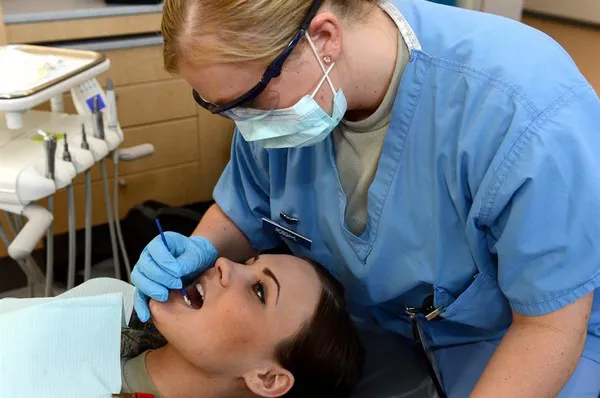In today’s fast-paced world, a confident smile can make a significant difference in both personal and professional spheres. Orthodontic treatment has become a popular choice for individuals seeking to enhance their smiles and correct dental misalignments. However, understanding the costs associated with orthodontic treatment is crucial for anyone considering this transformative journey. In this comprehensive guide, we will delve into the factors that influence orthodontic treatment costs, affordable options available, and key considerations for making an informed decision.
Types of Orthodontic Treatments and Their Costs:
When it comes to orthodontic treatment, various options cater to different needs and preferences. Understanding the costs associated with each type is essential for making an informed decision.
a. Traditional Braces:
Traditional braces remain a popular choice, especially for those with complex dental issues. The cost typically ranges from $3,000 to $7,000, depending on factors such as the severity of misalignment and the duration of treatment.
b. Invisalign or Clear Aligners:
Invisalign has gained popularity for its discreet appearance and comfort. However, the convenience comes with a slightly higher price tag, ranging from $3,500 to $8,000. The personalized treatment plans and virtually invisible aligners contribute to the overall appeal of this option.
c. Lingual Braces:
Lingual braces, placed on the inner side of the teeth, offer a hidden treatment option. The cost for lingual braces is typically higher than traditional braces, ranging from $5,000 to $13,000. The added privacy and effective results make it a preferred choice for many.
Factors Influencing Orthodontic Treatment Costs:
The overall cost of orthodontic treatment is influenced by various factors that go beyond the type of braces chosen. Understanding these factors can provide insights into the pricing structure and help individuals plan their budget effectively.
a. Treatment Duration:
The duration of orthodontic treatment plays a crucial role in determining costs. Longer treatment periods, often required for complex cases, may result in higher overall expenses.
b. Dental Health Complexity:
Individuals with more complex dental issues may incur higher costs due to the need for specialized treatment plans and additional dental procedures.
c. Geographical Location:
The cost of orthodontic treatment can vary based on the geographical location of the dental clinic. Urban areas or regions with a higher cost of living may have slightly elevated treatment prices.
Affordable Orthodontic Options:
Recognizing the importance of making orthodontic treatment accessible to a broader audience, there are affordable alternatives without compromising on quality.
a. Insurance Coverage:
Investigating dental insurance options is a crucial step in reducing orthodontic treatment costs. Some insurance plans cover a portion of the expenses, making it more affordable for individuals.
b. Flexible Payment Plans:
Many orthodontic clinics offer flexible payment plans, allowing patients to spread the cost of treatment over an extended period. This can significantly ease the financial burden associated with orthodontic care.
c. Community or University Clinics:
Community or university dental clinics often provide orthodontic services at a lower cost. While supervised by experienced professionals, these clinics offer quality treatment at a more budget-friendly price point.
Key Considerations Before Committing to Orthodontic Treatment:
Before embarking on the orthodontic journey, individuals should consider several key factors to ensure a seamless and satisfactory experience.
a. Comprehensive Consultation:
Schedule a comprehensive consultation with an orthodontic specialist to discuss treatment options, associated costs, and expected outcomes. Clear communication ensures alignment between expectations and reality.
b. Long-Term Maintenance Costs:
Factor in long-term maintenance costs, including retainers and follow-up appointments, when budgeting for orthodontic treatment. Understanding the complete financial picture helps individuals make informed decisions.
c. Patient Reviews and Testimonials:
Research patient reviews and testimonials to gauge the satisfaction levels of previous patients. A reputable orthodontic provider with positive feedback adds credibility to the overall treatment experience.
In conclusion, understanding the costs of orthodontic treatment is a crucial aspect of planning for a confident and healthy smile. By exploring the different types of treatments, factors influencing costs, and affordable options, individuals can make informed decisions that align with their budget and overall oral health goals. Prioritizing comprehensive consultations and considering long-term maintenance costs contribute to a positive orthodontic experience. Remember, investing in your smile is an investment in your self-confidence and overall well-being.
Related Links:
Does brace change your face shape?
How to clean orthodontic retainers?
Why do dentist put rubber bands between teeth?






























